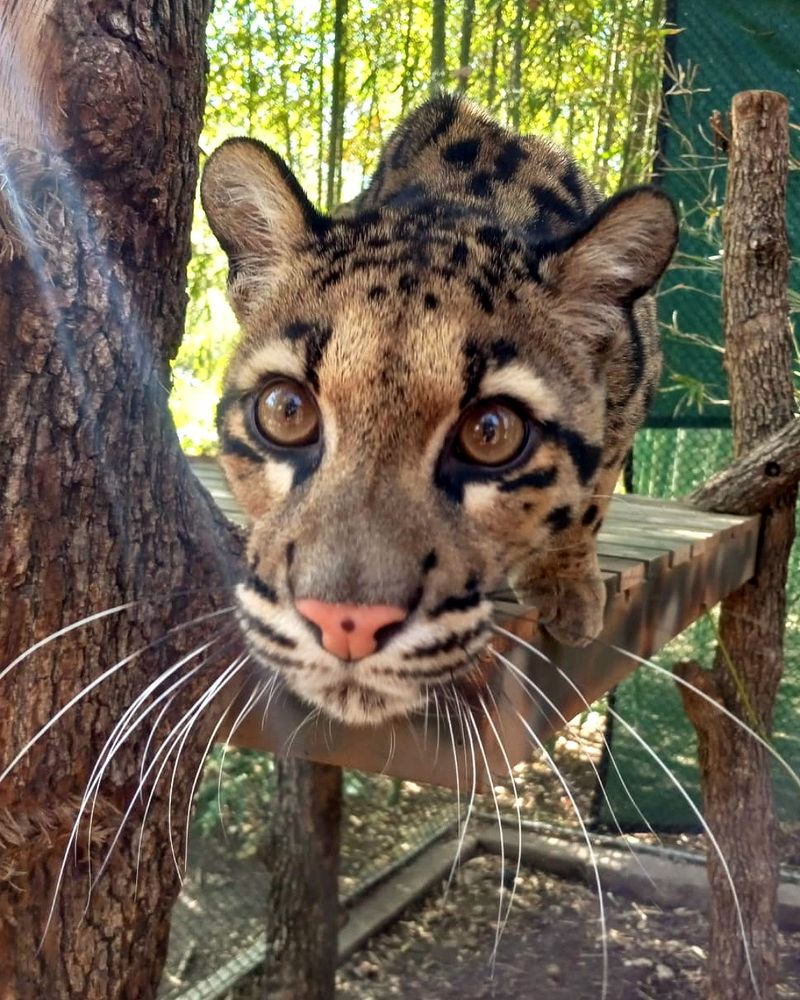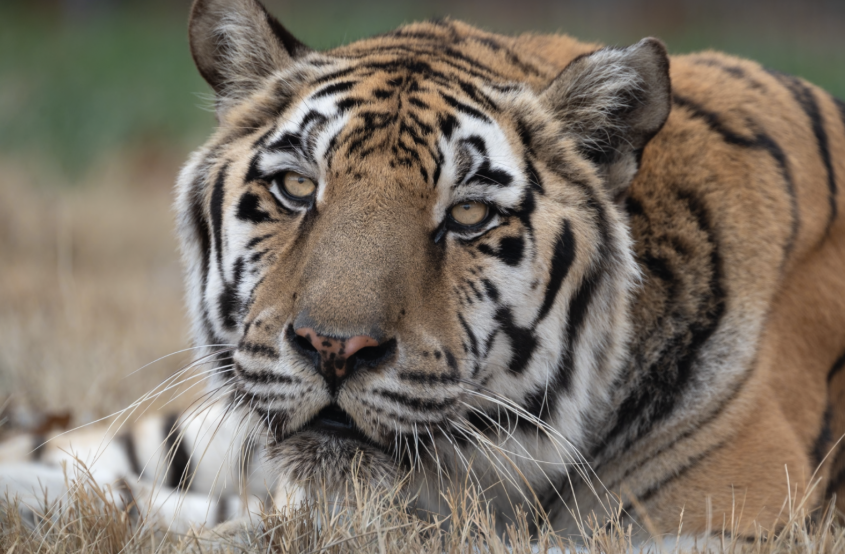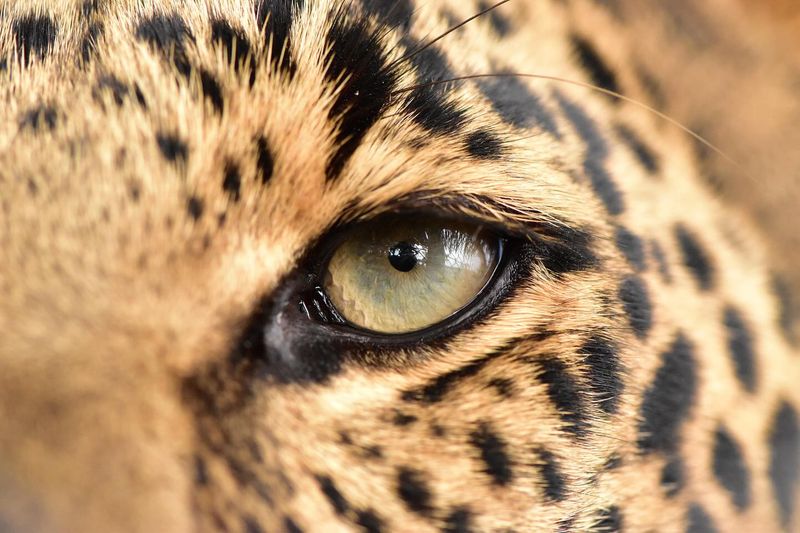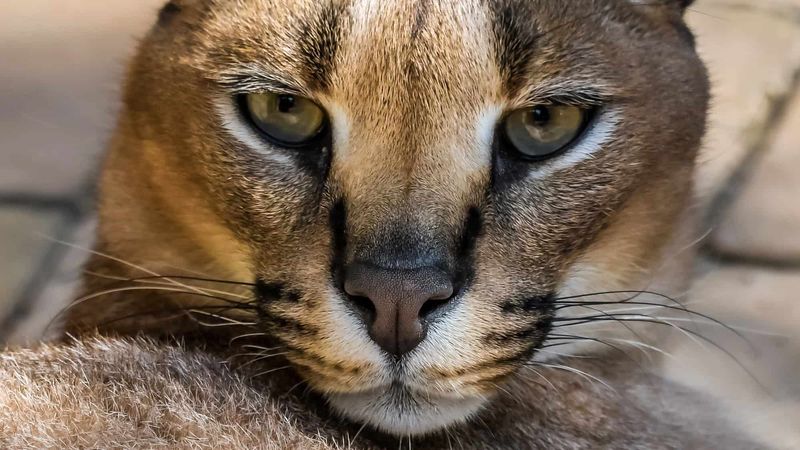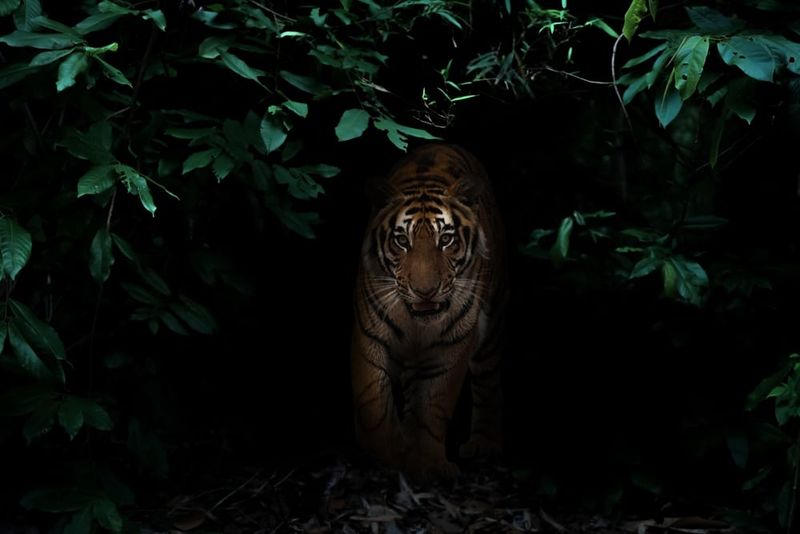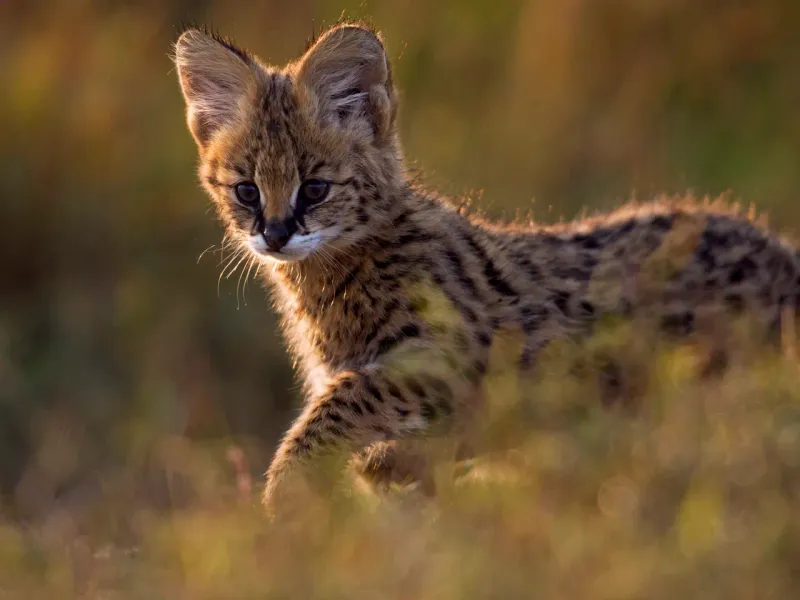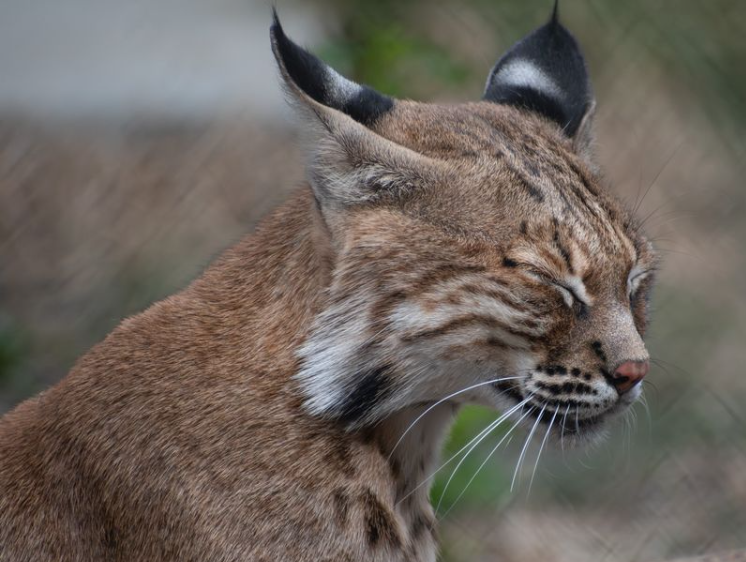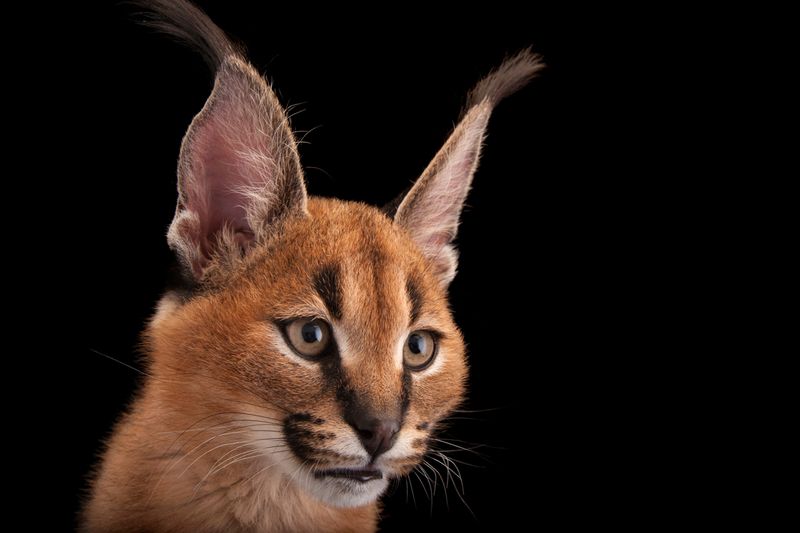📖 Table of Content:
In the world of nocturnal hunting, wild cats reign supreme. From the silent stalk of a jaguar in the Amazon rainforest to the swift pounce of a desert-dwelling caracal, these predators are equipped with an extraordinary visual toolkit designed for the darkness. Their ability to hunt in near-total blackness has fascinated biologists and animal behaviorists for decades, offering insight into one of nature’s most effective predatory blueprints.
Unlike human vision, which fades with the setting sun, the eyesight of wild cats becomes sharper as dusk turns to night. Evolution has gifted these felines with specialized anatomical and neurological traits that not only allow them to see in the dark, but to dominate it. These adaptations are not just about seeing shapes — they’re about detecting movement, judging distance, and perceiving the world in shades humans can barely imagine.
To truly appreciate the hunting prowess of wild cats, it’s essential to understand the mechanics behind their night vision. Their eyes have evolved in remarkable ways, combining structural, cellular, and neurological features into one predatory masterpiece. What follows is a closer look at the eight most incredible night vision abilities that give wild cats their nocturnal edge.
1. High Rod-to-Cone Ratio
Rod cells are the champions of low-light vision, and wild cats have an overwhelming majority of them in their retinas. This cellular composition ensures that even minimal light is detected and processed. While this comes at the cost of vibrant color vision, it greatly enhances the ability to detect shapes and movement in dim environments. Unlike human eyes, which rely more on cone cells for detail and daylight clarity, cats prioritize survival through night vision optimization. The abundance of rod cells allows for fast detection of prey — even if it’s motionless. Combined with their neural efficiency, this adaptation means fewer missed opportunities. In wild cats, this ratio perfectly balances clarity and contrast in the dark.
2. Large Corneas and Pupils
One of the most noticeable physical traits of wild cats is their large, expressive eyes. These are more than just a captivating feature — they are precisely shaped to capture as much light as possible. Larger corneas allow more light to enter the eye, and their pupils can dilate extensively in the dark to enhance this effect. This feature acts like opening a camera lens to increase exposure during night photography. Even in environments with minimal ambient light, this structure ensures a consistent stream of visual information. Wild cats depend on this adaptation when stalking prey in shadowy undergrowth or during moonless nights. Their eyes function like high-performance lenses, designed for optimal nocturnal clarity.
3. Tapetum Lucidum (Reflective Eye Layer)
Lying just behind the retina, the tapetum lucidum acts as a natural mirror. This reflective layer bounces light that passes through the retina back into the eye, effectively doubling the light available for photoreceptors. It’s the reason wild cats’ eyes glow in the dark when caught in headlights or flashlights. With this built-in mirror, even the faintest glimmer of moonlight becomes useful. Unlike humans, who lose detail and depth perception in low light, cats gain an edge. This system allows them to navigate dense forests, rocky terrain, or open plains under the cover of darkness. In essence, the tapetum lucidum amplifies ambient light to transform night into day for these predators.
4. Slit Pupils
Characterized by vertical slits rather than round pupils, this feature provides wild cats with superior control over incoming light. During the day, the slits narrow tightly to prevent excessive light from damaging the sensitive retina. At night, they expand dramatically, increasing the light-gathering capacity of the eye. This flexibility is especially helpful for species that are active during both night and twilight hours. Unlike round pupils, which transition less dynamically, slit pupils provide a fine-tuned response to changing lighting conditions. They also enhance depth perception in low light, a crucial element when calculating jumps or strikes. This subtle structural advantage plays a major role in successful predation.
5. Binocular Vision
With both eyes facing forward, wild cats benefit from excellent binocular overlap. This arrangement enables superior depth perception — essential for gauging distances accurately while hunting. They can track the precise location of moving prey and judge the timing of their pounce to perfection. Unlike prey animals whose eyes are often placed on the sides of their heads for a wide field of view, predators like wild cats prioritize focused, three-dimensional sight. This capability is not just useful for leaping; it helps them stalk prey by estimating how far and fast it’s moving. The synchronization of both eyes feeds the brain detailed spatial information. In dim light, this coordination becomes vital for stealthy, split-second decisions.
6. Enhanced Motion Detection
Few things escape the notice of a wild cat in motion. Thanks to their high rod count and specialized neural wiring, they are exceptionally sensitive to even the smallest movements. A single rustle in the leaves or twitch of a tail can signal the presence of a meal. This hyper-attunement to movement gives them a predatory advantage, even when prey attempts to remain still and hidden. Unlike sight that depends on shape or color, motion detection ensures a cat can lock onto targets despite camouflage or low visibility. Their brains are wired to process dynamic visual cues with lightning speed. For wild cats, seeing motion is often the first and most important step toward a successful hunt.
7. Whisker Integration (Tactile-Vision Coordination)
Though not strictly visual, the interplay between whiskers and sight enhances nocturnal navigation. Wild cats use their sensitive whiskers to feel air currents and obstacles, filling in gaps where sight may fall short. These tactile sensors are deeply integrated into their spatial awareness, especially in pitch-black conditions. Whiskers provide vital information about the width of gaps, the location of prey, and the texture of terrain. This allows them to move with astonishing precision even when vision is partially impaired. By combining visual input with whisker feedback, wild cats create a detailed mental map of their surroundings. This dual-sensory system ensures silent, confident movement through the night.
8. Brain Adaptations for Visual Processing
Behind every hunting success lies a highly evolved brain capable of rapid visual interpretation. Wild cats have neural pathways optimized for processing low-light imagery at exceptional speeds. This mental efficiency allows them to distinguish useful patterns — such as the outline of a prey animal — from visual noise. Their brains prioritize motion, edge detection, and spatial orientation, even under difficult conditions. Unlike humans who may experience hesitation in the dark, wild cats operate with certainty. Every flicker of movement is analyzed in real time, producing a nearly instantaneous response. These brain-based adaptations make vision not just a sensory tool, but a deeply integrated part of hunting instinct.

